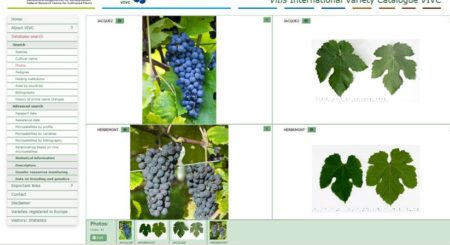Ready to take your company to the next level? Join the Africa Vegetable Breeding Consortium and discover how exposure to the latest research and closer contact with international breeders and scientists will change the way you do breeding and business.
The main benefit?
Consortium companies will be able to view a broad array of PYT [preliminary yield trials] entries in the field at least 12 months before the material is made public. Participants may have early access to screening protocols or other kinds of scientific information developed at WorldVeg, provided the sharing of such information does not conflict with existing WorldVeg agreements or policies.
Remember that WorldVeg sits on a huge reservoir of diversity, and has talented plant breeders that make the most of it.
LATER: Looking forward to seeing an African vegetable among these.
LATER STILL: Maybe we need a SeedTracker for vegetables?
